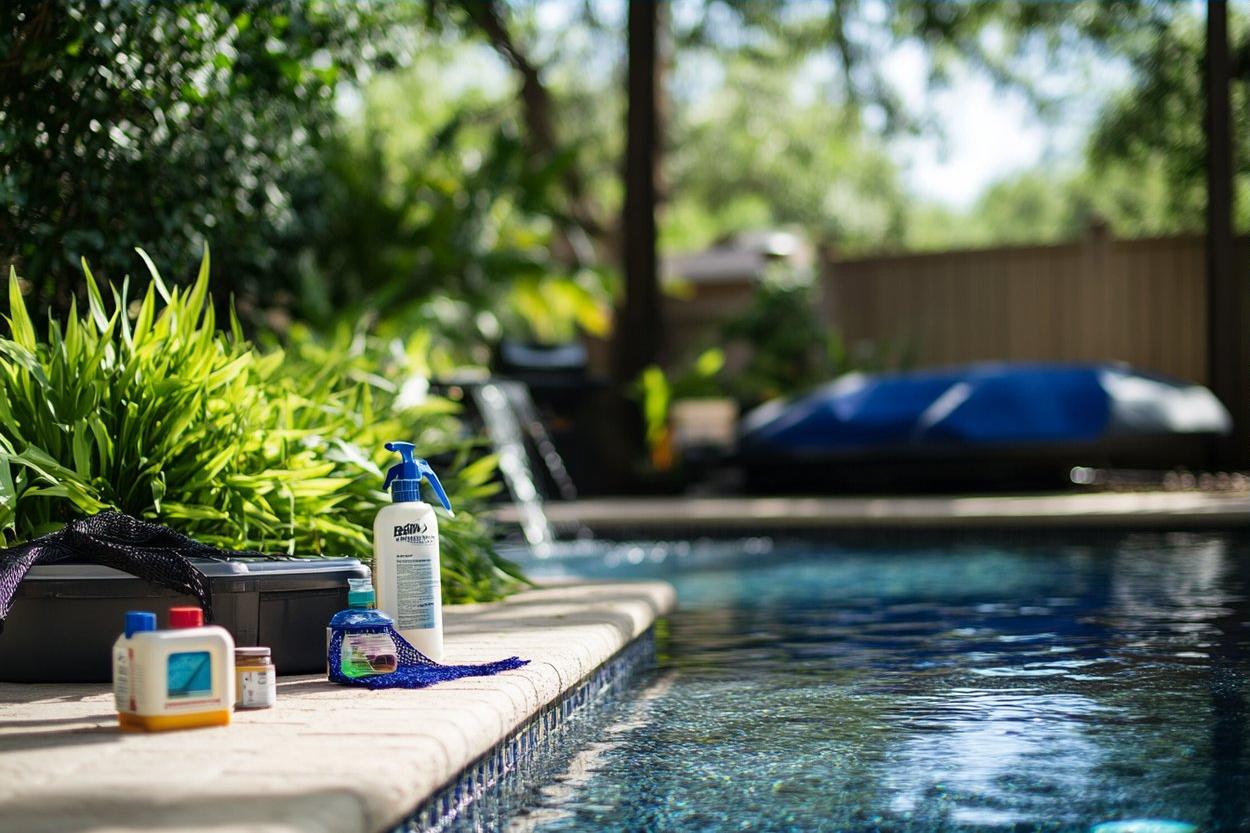Ultimate Guide to Owning a Swimming Pool: Types & Care
Thinking about adding a swimming pool or trying to keep an existing one in top shape? This comprehensive guide covers pool types, installation and ongoing costs, essential maintenance tips, safety features, and eco-friendly upgrades. Learn how to protect your investment, save on running costs, and create a backyard oasis the whole family will enjoy.

Essential Pool Maintenance Requirements
Good water care is the backbone of any well-kept pool. Regularly testing and adjusting sanitizer (commonly chlorine), pH, and total alkalinity keeps the water safe, clear, and comfortable for swimmers. Aim to check chemical levels at least once a week during the swimming season, increasing frequency during heavy use or after storms.
Weekly chores should include skimming the surface for leaves and debris, brushing walls and steps to prevent algae, vacuuming the pool floor, and emptying skimmer baskets. Filters (sand, cartridge, or DE) require routine attention—clean or backwash according to the manufacturer’s guidance. Many owners set a day each week for light maintenance and a monthly checklist for deeper tasks.
Seasonal work depends on your climate. Opening a pool in spring generally involves removing covers, reconnecting equipment, rebalancing water chemistry, and inspecting equipment for winter damage. Closing a pool in fall often means thorough cleaning, lowering water levels, adding winterizing chemicals, and securing covers. If you live in an area with freezing temperatures or you’re unsure about winter procedures, hiring a professional to open or close the pool can avoid costly mistakes.
Swimming Pool Safety Features
Safety should drive many decisions when you own a pool. A physical barrier, such as a fence with a self-closing, self-latching gate, is often a local legal requirement and one of the most effective ways to prevent unsupervised access. Pool covers and alarm systems add layers of protection—cover types range from simple tarp-style to motorized safety covers that can support weight.
Other practical safety measures include installing non-slip surfaces around the deck, ensuring adequate lighting for evening use, placing clear depth markers, and keeping life-saving gear like life rings, shepherd’s crooks, and a first-aid kit nearby. Regularly review safety rules with family members and guests, and consider formal swim lessons for children and anyone who is not a confident swimmer.
Cost Considerations for Pool Installation and Maintenance
Costs vary widely depending on pool type, size, site preparation, and local labor rates. Initial installation is the largest expense, while annual upkeep and utilities create an ongoing budget line. Below is a typical cost summary to help you plan.
| Pool Type | Installation Cost Range | Annual Maintenance |
|---|---|---|
| In-ground Concrete | $50,000 - $100,000 | $2,000 - $4,000 |
| Fiberglass | $45,000 - $85,000 | $500 - $1,500 |
| Vinyl-Lined | $35,000 - $65,000 | $1,000 - $2,500 |
| Above-Ground | $1,500 - $15,000 | $500 - $1,000 |
Prices, rates, or cost estimates mentioned here are based on available information and may change over time. Independent research is recommended before making financial decisions.
Beyond these figures, remember to budget for fencing, landscaping, decking, ongoing chemical and equipment replacement, and potential repair work. Energy costs—especially for heating and pumps—can be significant, so factor electricity and fuel usage into long-term ownership plans.
Environmental Impact and Water Conservation
Modern pool design increasingly focuses on reducing environmental footprint and operating costs. Energy-efficient variable-speed pumps can cut electricity use dramatically compared with older single-speed models. Solar pool heaters or heat pumps are effective ways to extend your swimming season while lowering fuel consumption.
Water conservation strategies include using a fitted pool cover to reduce evaporation, which also keeps debris out and lowers heating costs. Maintaining proper chemical balance reduces the need for frequent water replacement, and efficient filtration systems minimize backwashing frequency. Automated chemical feeders and smart controllers help optimize dosing and run times, improving water quality while conserving resources.
When planning upgrades, look for Energy Star–rated equipment and consider renewable energy integrations if you aim to minimize your home’s carbon footprint.
Enhancing Your Pool Area
A thoughtfully designed poolscape transforms a swimming area into a functional outdoor living room. Prioritize comfortable, weather-resistant seating and loungers, and add shade with umbrellas, pergolas, or retractable awnings for midday comfort. Strategic planting and screening increase privacy and soften the hardscape, but choose low-debris plants to reduce maintenance.
Lighting plays a big role in usability and ambiance—path lights, underwater LEDs, and spot lighting on trees or architectural elements extend use into the evening. Provide discrete, accessible storage for chemicals, cleaning tools, toys, and cushions to keep the area tidy and safe.
Incorporating features such as a hot tub, outdoor kitchen, fire pit, or water feature can boost enjoyment and home value, but weigh these extras against added maintenance and energy costs.
Final Considerations
A pool can be a major enhancement to your lifestyle and property value, offering recreation, exercise, and a place to relax with family and friends. Successful ownership comes down to informed choices: pick the pool type that fits your budget and site conditions, commit to a consistent maintenance routine, invest in safety measures, and consider energy- and water-saving upgrades to lower long-term costs. Whether you’re installing a new pool or caring for an existing one, planning and preventative care will keep it running smoothly for years to come.






